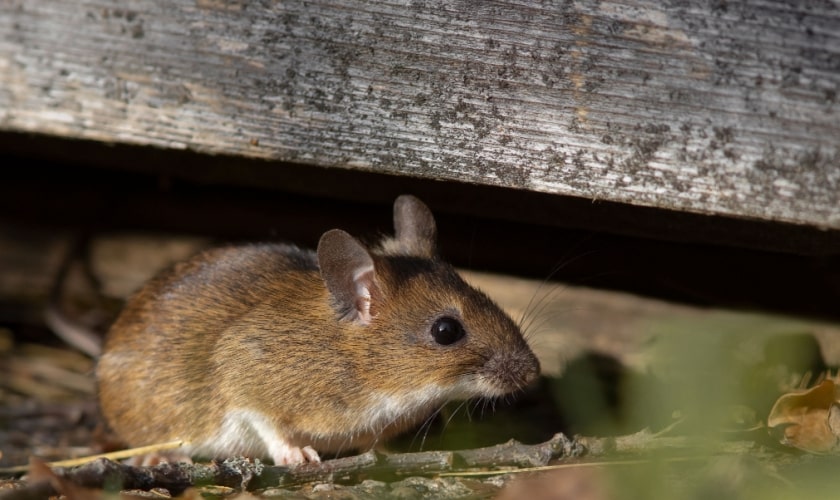Monitoring Crawl Spaces for Pests: Essential Tips and Tricks
Share
When it comes to home maintenance, one of the most overlooked areas is the crawl space. Yet, monitoring crawl spaces for pests is crucial in ensuring a pest-free and safe home environment. Many homeowners fail to recognize the significance of this hidden area, often resulting in unwelcome infestations that can lead to costly repairs and health hazards.
Crawl spaces, typically found beneath homes, provide a warm, moist, and dark environment that is ideal for pests like termites, rodents, and insects to thrive. Therefore, understanding the importance of regular monitoring and taking proactive measures can save homeowners from future headaches.

Why Are Crawl Spaces Attractive to Pests?
Crawl spaces are often less frequented by humans, making them a haven for pests seeking refuge. The natural environment within a crawl spacedamp, dark, and relatively undisturbedmimics the conditions many pests need to survive and reproduce. Additionally, crawl spaces often house essential systems like plumbing and electrical wiring, which can be damaged by pests, leading to expensive repairs.
Common Pests Found in Crawl Spaces
Several pests are commonly found in crawl spaces, each presenting its own set of challenges:
- Termites: Known for their wood-eating habits, termites can cause significant structural damage if undetected.
- Rodents: Mice and rats not only chew through wires and insulation but also pose a health risk through their droppings.
- Spiders and Insects: These can include a variety of species, some of which may be harmful or venomous.
- Mold and Mildew: Though not pests, these can develop due to excessive moisture and lead to health problems.
How to Monitor Your Crawl Space Effectively
Effective monitoring of crawl spaces involves regular inspections and implementing preventive measures. Here are some tips to help you get started:
Regular Inspections
Inspect your crawl space at least twice a year. Look for signs of infestations such as droppings, nests, or damaged wood. Using a flashlight, carefully examine corners and hidden areas. For those unable or unwilling to perform the inspection themselves, hiring a professional pest control service can be a worthwhile investment.
Moisture Control
Excessive moisture is a pest magnet. Ensure proper drainage around your home and consider installing a vapor barrier to minimize moisture levels. Dehumidifiers can also be beneficial in keeping humidity at bay.
Seal Entry Points
Pests can enter through the smallest of gaps. Seal any cracks or holes in your crawl space walls and foundation. Use weather-proof materials to ensure a durable seal.
Preventive Measures and Solutions
Beyond regular monitoring, there are additional steps that can be taken to prevent pest infestations:
Landscaping and Yard Maintenance
Keep your yard clean and free of debris. Trim back vegetation that may come into contact with your home, as these can act as a bridge for pests.
Incorporating proper landscaping techniques can also deter pests from entering your home. For more insights, check out this article on seasonal pest issues.
Install Pest Deterrents
Consider installing physical barriers or using chemical treatments to deter pests. Professional pest control services often offer solutions tailored to specific pest issues.
Embracing Technology for Pest Monitoring
The rise of smart home technology has introduced new ways to monitor crawl spaces. Devices such as motion sensors and cameras can be installed to provide real-time updates on pest activities. For those interested in integrating technology into their pest monitoring strategy, the WiFi Trap Integration Guide offers valuable insights.
Leveraging Professional Services
While DIY measures can be effective, professional pest control services offer expertise and advanced solutions that can provide peace of mind. Engaging with professionals can also help in identifying potential issues before they become significant problems.
Conclusion: Protecting Your Home
Monitoring crawl spaces for pests is an essential component of home maintenance that should not be ignored. By taking a proactive approach and implementing the strategies outlined above, homeowners can protect their investments and ensure a safe, pest-free environment. For those managing properties, such as Airbnbs, incorporating pest control measures is crucial for maintaining guest satisfaction. Learn more about maintaining a pest-free Airbnb by reading this informative article.

FAQs
Why is monitoring crawl spaces for pests important?
Monitoring crawl spaces is vital because these areas are prone to infestations due to their suitable environment for pests. Regular checks can prevent damage and health risks associated with pest infestations.
How often should I inspect my crawl space?
It is recommended to inspect your crawl space at least twice a year. However, if you notice any signs of pests or moisture issues, more frequent checks may be necessary.
Can technology help in monitoring crawl spaces?
Yes, technology such as motion sensors and cameras can be used to monitor crawl spaces effectively, providing real-time updates and helping to detect pest activity early.
